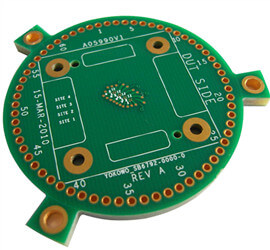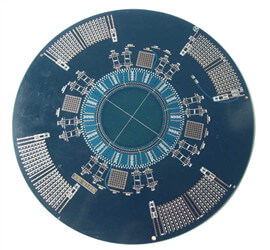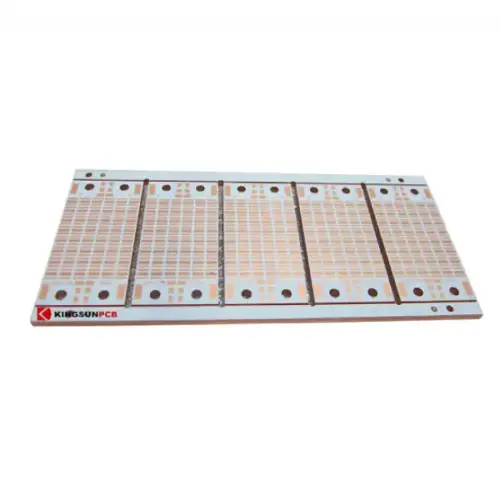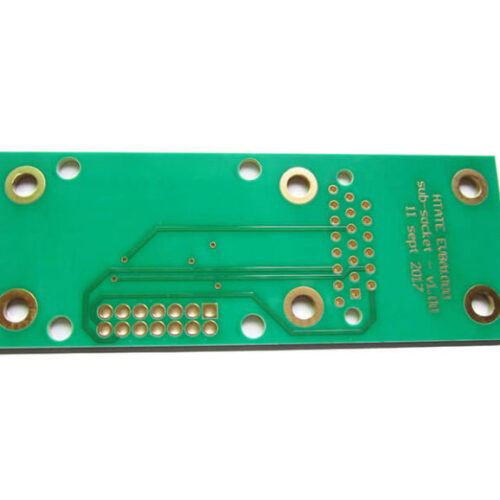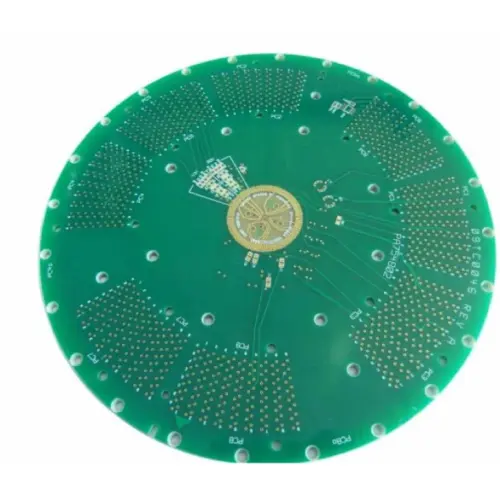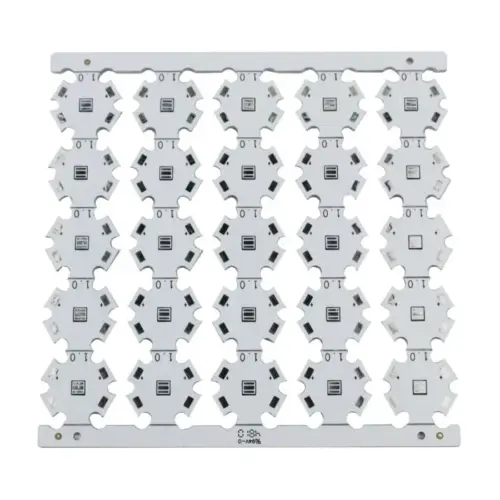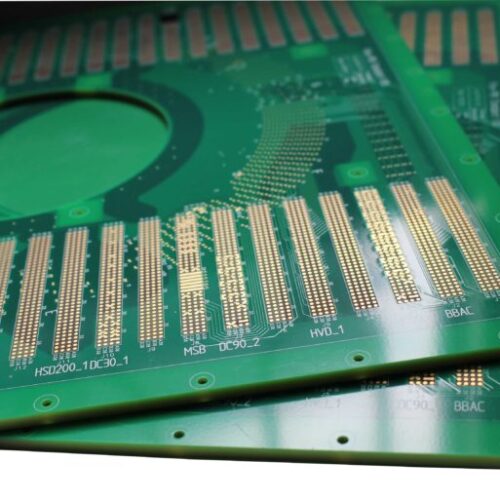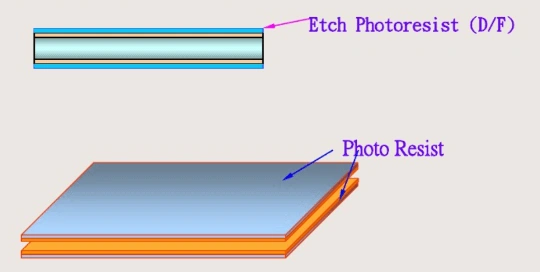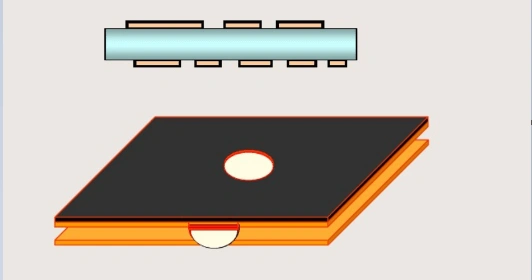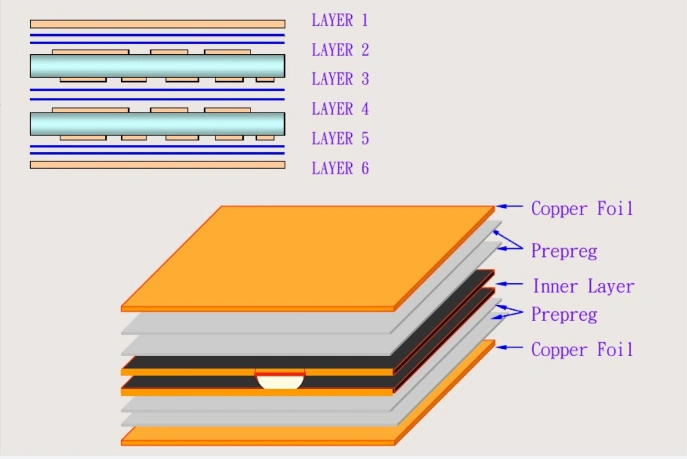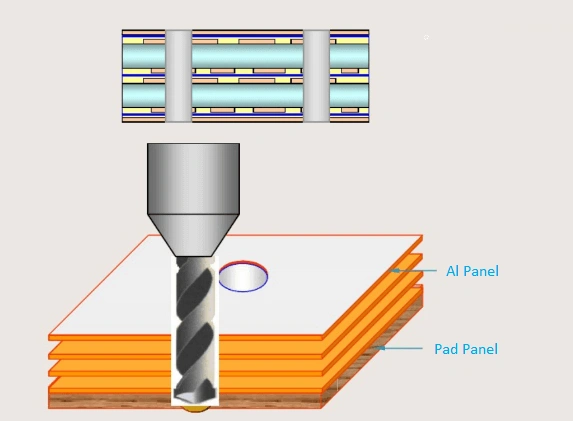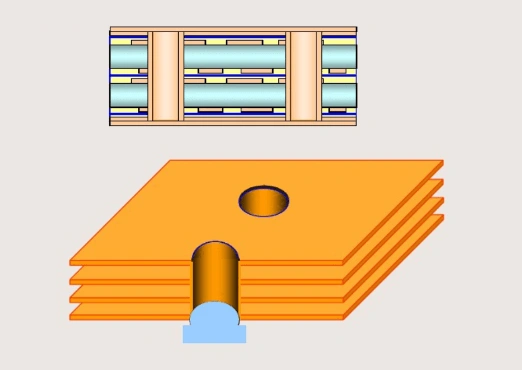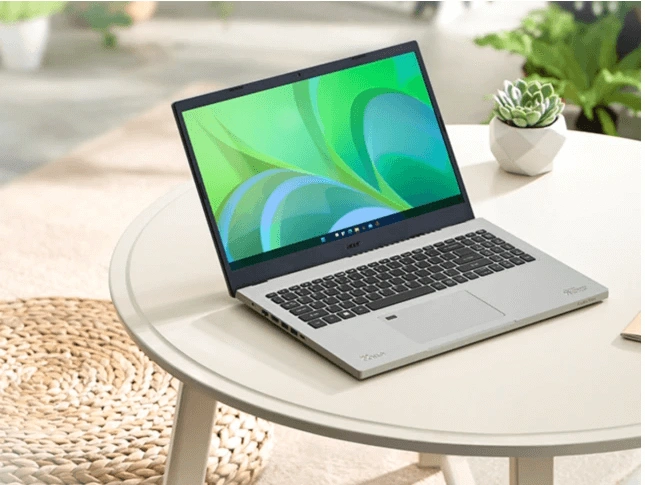What is HDI PCB?
HDI PCB is the abbreviation of high density interconnector PCB. HDI PCB manufacturer makes the HDI board by increased layers through micro-blind&buried vias.
HDI PCB board is a compact product specially designed for small capacity users.
The HDI board includes the following via types:
Microvia PCB: In de PCB-industrie worden via's met een diameter van minder dan 150um (6mil) microvia's genoemd.
Begraven via's: De via's zijn begraven in de binnenste laag en zijn doorgaans niet zichtbaar in het eindproduct.
Blind vias: The blind vias are drills from top layer or bottom layer to a certain inner layer. They are not through the whole HDI board.

